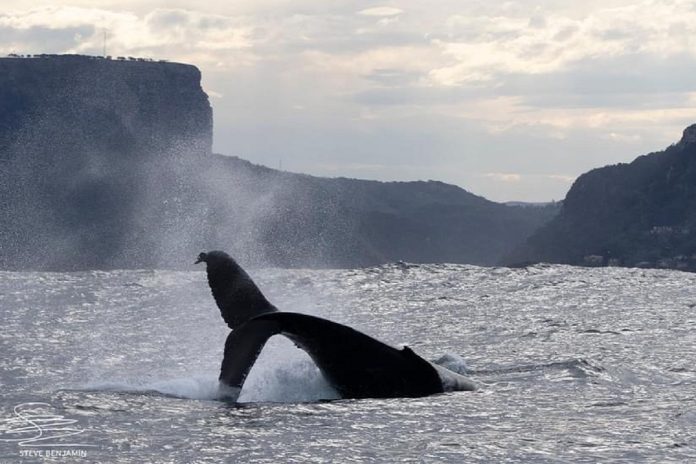
I am submerged in 20 years of international research reports about the effects of intense human noise on marine animals during a seismic survey. It’s bad for the heart. “What did the whales do to humans, that we would treat them so badly?” asks my youngster. Exactly, says the writer of this article, DR MANDY UYS, who specialises in Aquatic Ecosystems Science and Consulting.
The excellent 2012 Endangered Wildlife Trust (EWT) report on The potential impacts of anthropogenic noise on marine animals in South Africa by Renee Koper and Stephanie Plön belongs in your bookclub, in the ‘horror’ section. In particular the chapter on Potential Impacts of Anthropogenic Noise.
Koper and Plon write that the one of the worst non-auditory physical impacts of high-intensity sound on marine animals include serious damage to body tissues or gas embolism (bubbles of air in the bloodstream), which often results in death.
The authors report incident after incident of strandings of marine animals around the world, which have been linked by scientists to various types of human high intensity noise. Like this one. In March 2000, 17 cetaceans – whales and dolphins – including four different species, stranded themselves off the Bahamas. A large team of US scientists reported clear evidence of acoustic trauma, which was related to multiple military sonars which had been operating between 2.6 and 8.2kHz at 223 to 235dB.

















Comments are closed.